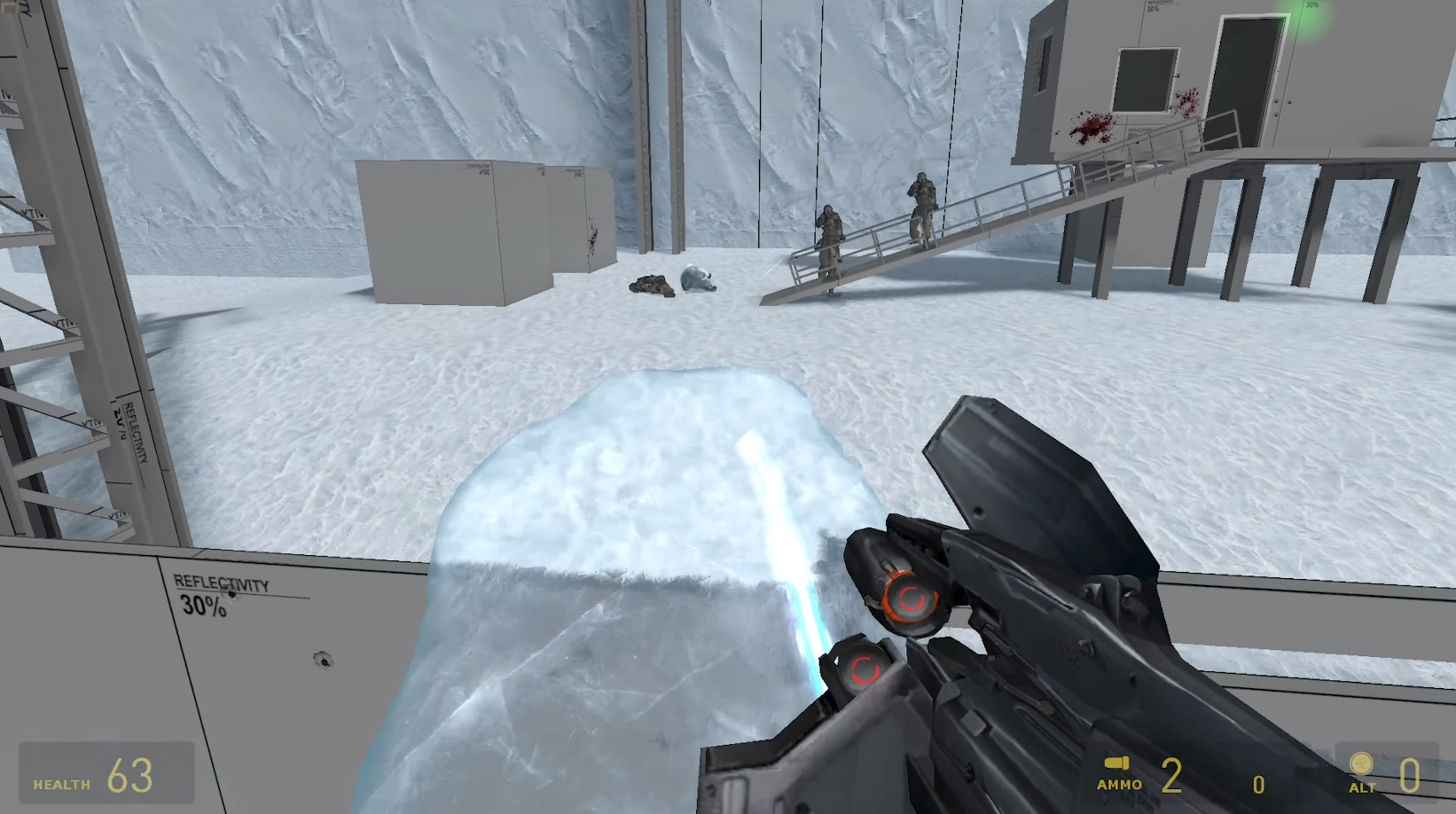
Lara's better off ignoring the fancy new thing and sticking to basics.
Yesterday I looked at the performance of Intel XeSS upscaling tech running on an Nvidia RTX 2080 Ti. While not quite up to the performance of DLSS, it wasn’t far off, and the image quality was impressive. A promising start for Intel. Especially given that it runs on not just Intel’s graphics cards, but AMD’s and Nvidia’s too.
In order for other cards to support the feature, they need to support DP4A. The GeForce RTX 2080 Ti does, which is used for the upscaling algorithm and is the fallback for non-Arc GPUs. Arc GPUs, such as the upcoming Arc A770, bring bespoke XMX acceleration to do this work even faster.
There is another fallback for cards that don’t support DP4A though, and that is INT24. You’ll find INT24 support in pretty much every modern GPU, and that includes integrated GPUs, you know, the kind you’ll find in AMD’s APUs.
However, while this third tier of support ensures that XeSS works on plenty of systems, there are questions about how fast it is. In fact, after testing the various quality settings of a Ryzen 7 5700G system, the results are less than impressive. You’re looking at performance that is actually worse than running at native. In other words, you’ll actually see better performance turning XeSS off.
Using Shadow of the Tomb Raider as an example, which is one of two games that current support XeSS, and using the highest graphics settings at 1080p, I witnessed just 20fps with no upscaling. The fastest setting for XeSS is the Performance quality setting, which actually saw the performance drop down to 18fps. The Quality preset dropped this even further, down to 15fps.
(Image credit: Future)
Running Shadow of the Tomb Raider with the Highest settings is good for comparison with other graphics cards, but it is harsh for this hardware. I also tried running at the Low and Medium presets but saw similar results. Native is simply the faster option, and it looks better too.
(Image credit: Future, FromSoftware)
Steam Deck review: Our verdict on Valve’s handheld PC.
Steam Deck availability: How to get one.
Steam Deck battery life: What’s the real battery life of the new device?
How loud is the Steam Deck? And will it pass the Significant Other test?
Steam Deck – The emulation dream machine: Using Valve’s handheld hardware as the ultimate emulator.
Essentially you’re better off ignoring XeSS on this APU, as turning it on will result in slower performance and worse frame rates. There is a chance that optimisations to XeSS could turn this around, although it’s doubtful. Ideally, you’d go for FSR for AMD’s GPUs, although Shadow of the Tomb Raider doesn’t support that, so your options are XeSS or nothing.
To be fair to Intel, it’s asking a lot of the graphics silicon in this chip. It only has eight graphics cores, maxes out 2,000MHz, and has to make do with sharing system memory. You’re also looking at the ageing Vega architecture. Still, a budget gamer can’t help but dream.
While it would have been great if Intel XeSS did work on such a low-power GPU, I can’t really criticise Intel for that. After all, its main reason for existing is to boost the performance of the company’s own GPUs using MXM, which should be much quicker than even DP4A. The Arc A770 is set for release on October 12, and I’m sure we’ll be revisiting XeSS when it does launch.





